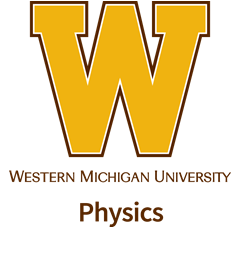Speaker
Dr
Franck Delahaye
(Observatoire de Paris, France)
Description
The present debate on the reliability of the opacities for astrophysics, ignited initially by the solar convection zone problem, has reached the present climax with the new measurement of the Fe opacities on the Z-machine at the Sandia National Laboratory (Bailey et al. 2015). In order to understand the differences between all the theoretical results, on the one side, and experiments on the other as well as the differences between the different theoretical results, very detailed comparisons are needed. Many ingredients enter the calculation of opacities. Deconstructing the whole process and comparing the differences at each step should quantify the importance and impact of each of them on the final results. We present here such a comparison using the two main approaches to calculate the initial atomic data (R-matrix vs DW approaches) and quantify the effect on the populations, line broadening and extrapolation for Fe XVII and Ni XIV opacities.
Bailey, J.E. et al., 2015, Nature 517, 56-59
Author
Dr
Franck Delahaye
(Observatoire de Paris, France)
Co-authors
Dr
Claude Zeippen
(Observatoire de Paris)
Dr
Connor Ballance
(Queen's Univ. Belfast, UK)
Prof.
Nigel Badnell
(Univ. of Strathclyde, Glasgow, UK)
Dr
Patrick Palmeri
(Univ. Mons, Mons, Belgium)
Dr
Patrick Quinet
(Univ. Mons, Mons, Belgium)
Dr
Ryan Smyth
(Queen's Univ. Belfast, UK)
Dr
Simon Preval
(Univ. of Strathclyde, Glasgow, UK)

